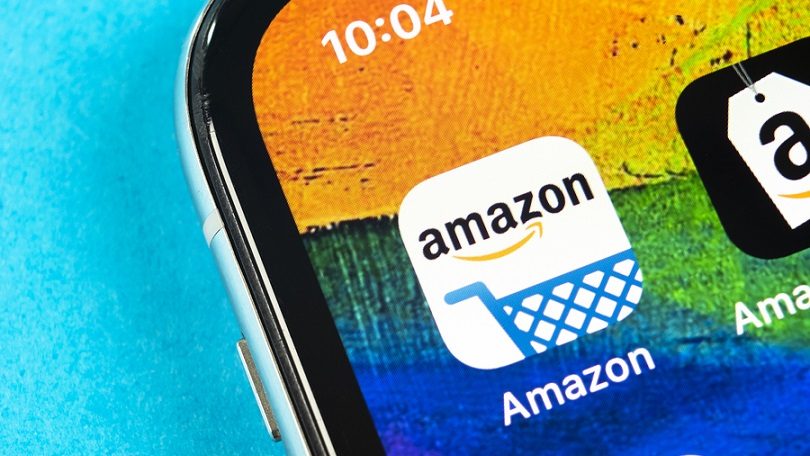Amazon Australia succumbs to buy now pay later surge

Amazon Australia has partnered with buy now pay later (BNPL) provider Zip to let customers split the total cost of their order into instalments.
The partnership is a coup for Zip, which is one of the leading BNPL players in the Australian market, after Afterpay. Until today, Amazon Australia did not offer any BNPL options at checkout.
Zip CEO and managing director Larry Diamond called Amazon a “best-in-class retailer” in a statement about the deal.
“We’re thrilled to offer Zip customers access to more than 125 million products on amazon.com.au,” Diamond said.
“Amazon is a best-in-class retailer and Zip is looking forward to being able to give its customers a flexible way to pay.”
The e-commerce company is the latest business to offer the BNPL option at checkout, following the likes of Bunnings, Kmart, Big W, Kogan.com and General Pants, which are among the 16,200 retailers that offer Zip as a payment option.
Other retailers, including Myer and Harvey Norman, offer rival BNPL brands, Afterpay and LatitudePay, respectively, and there are still more instalment payment apps, such as Openpay, Flexipay and Humm.
UBS analysts estimate that Australians will spend approximately $7 billion via BNPL payment methods this year, up from $2 billion in 2017.
By 2021, analysts say that figure will reach $12 billion, accounting for nearly 4 per cent of total retail sales, and will continue to grow at a strong double-digit pace thereafter.
“BNPL’s impact on retail sales is likely to remain material,” the UBS report, released on October 25, states.
“In 2010, the expected ~$3bn y/y rise in sales via BNPL is likely to be larger than the rise in RXF [retail sales excluding food and eating]; while in 2021, the BNPL share of the $ y/y increase in RXF will likely still be ~50 per cent,” the report states.
However, this overstates how much BNPL incrementally adds to retail, analysts say.
“UBS Evidence Lab survey estimated 27 per cent of BNPL customers said the service was key to their decision to shop at a retailer. Hence, even assuming all of this 27 per cent represents incremental new spending, we estimate BNPL could ‘add’ a material 1/2 percentage point to RXF but [less than] 1/4 percentage point to total retail, and an immaterial [less than] 0.1 percentage points y/y extra to overall nominal consumption.”
This story first appeared on our sister site, Inside Retail Australia.
Comment Manually
You must be logged in to post a comment.

No comments